Fieldtrip Report:
Fieldtrip Report:
Marion Kentucky
Ben E. Clement Museum Annual Show and Digs
June 7-8, 2008
By
Steve Bonney
Photos by Steve Bonney and Tammy Collins-Bonney
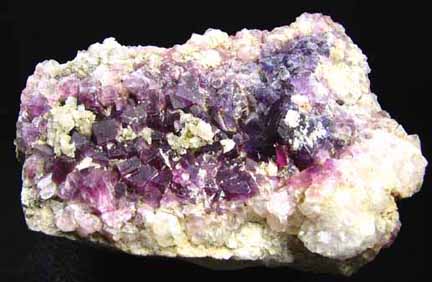
Some brief surface collecting at the Mary Belle Mines produced this fluorite and calcite specimen. The potential of the Mary Belle Mines appears to be great. I just got way too hot before getting there to do any serious digging.
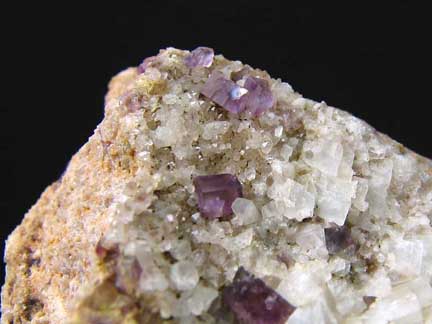
Mary Belle Mine Fluorite and Quartz
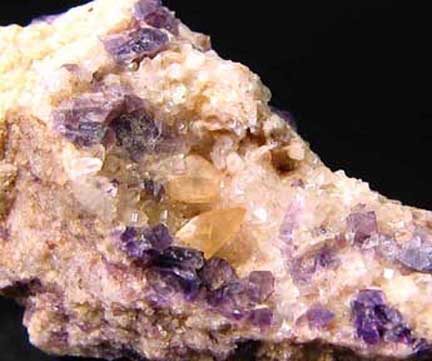
Mary Belle Mine Calcite, Quartz, and Fluorite
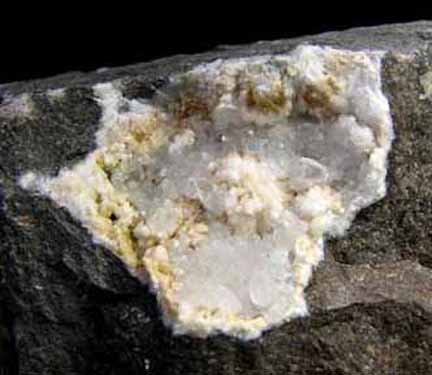
The Lafayette Mine was the largest fluorite producer in Kentucky, but isn’t known as a major producer of nicely crystallized fluorite specimens. The dumps are very extensive and produced this calcite specimen. It was so hot on the exposed dumps by the time we arrived that I don’t feel we really got a chance to see what it had to offer.
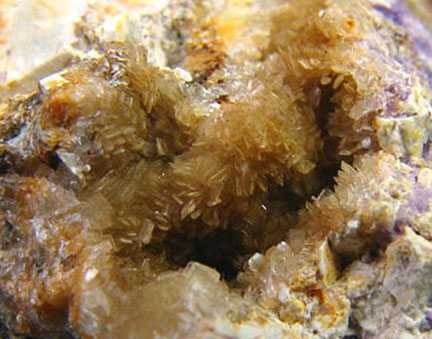
Lafayette Mine Hemimorphite.
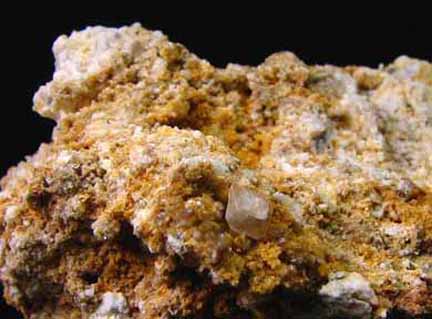
I believe this may be a solitary cerussite crystal resting on a matrix covered with micro hemimorphite crystals.
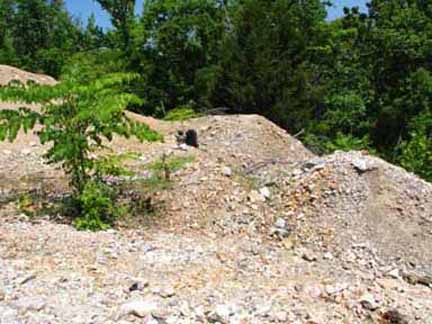
The dumps at the Hickory Cane Mine are quite extensive. My wife dropped me off on Sunday while she and my daughter returned to the Gem and Mineral Show for a little more shopping.
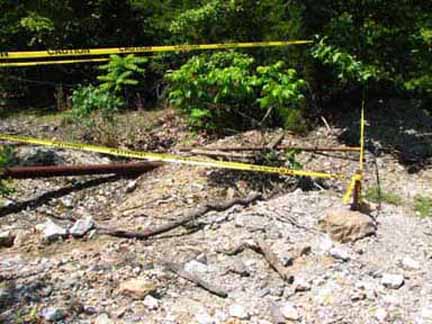
A mine shaft at the Hickory Cane Mine is partially covered with debris, but does not appear to be capped. This shaft was reportedly well over 200 feet deep.
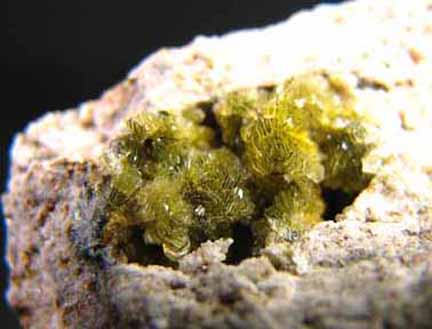
The Hickory Cane Mine turned out to be a prolific producer of hemimorphite and smithsonite specimens. This mine also produced some calcite crystals and fluorescent (blue) hydrozincite specimens.
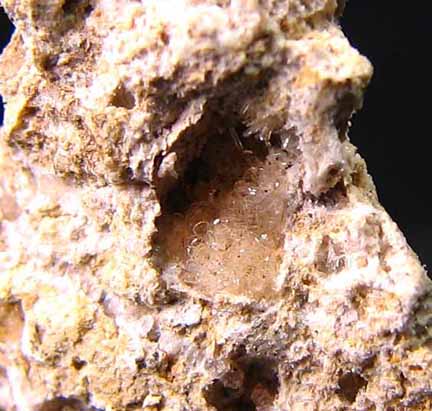
Hickory Cane Mine Hemimorphite.
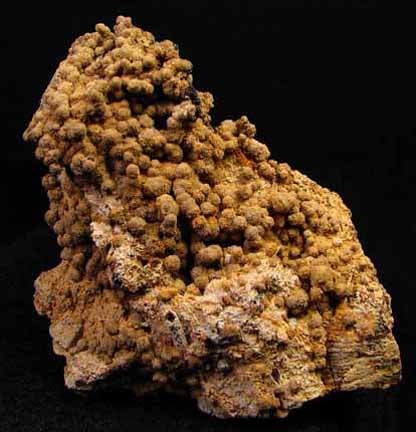
Hickory Cane Mine Smithsonite.
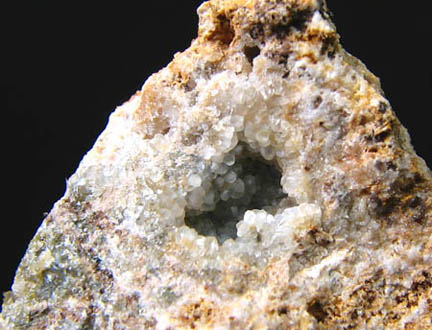
Smithsonite lined vug.
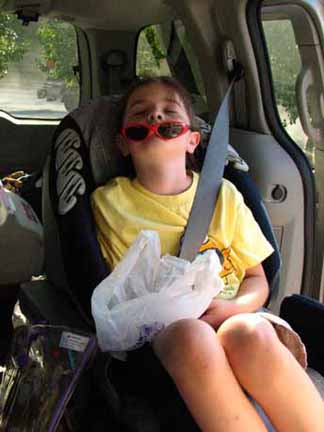
Our rocked-out rockhound. We had a great family weekend in Marion thanks to the Ben E. Clement Mineral Museum and its great staff and volunteers. We’ll be back next year for the Annual Show, but probably back sooner to dig.